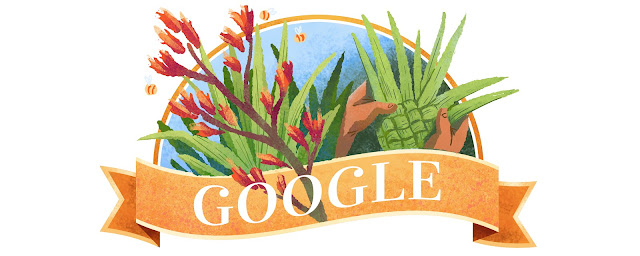As Aotearoa New Zealand pauses today in recognition of the anniversary of the signing of Te Tiriti o Waitangi, on mountains and coastlines across our landscape, the strong, fibrous leaves of harakeke can be seen blowing in the wind. Sometimes stiff and taller than any person, and sometimes drooping and floppy, with flowers that vary from red to orange to yellow, attracting tūī, korimako (bellbirds), pekapeka (short tailed bats), geckos and all manner of insects to its nectar. Also known as ‘common flax’, harakeke is in fact a lily that provides both shelter and plentiful food for wildlife.
Harakeke has been used in the traditional art form raranga (flax weaving), which has been passed down through generations in Māoridom, for the creation of everything from baskets to floor mats—even raincoats can be made by combining the harakeke’s hard outer layers together with its soft inner fibres. It also has uses for medicinal purposes, such as aiding in the healing of burns.
Māori believe the different layers of a harakeke bush symbolise the family lineage—the outer layer represents the grandparents, while the inner layer represents the parents wrapped around the innermost new shoots symbolising the children who all previous generations protect.
Hūtia te rito o te harakeke
Kei hea te kōmako, e kō?
Kī mai ki ahau he aha te mea nui o tēnei ao?
Māku e kī atu
He tangata
He tangata
He tangata
If you remove the heart of the flax bush
From where will the Bellbird sing?
If you say to me
What is the most important thing in this world
I will reply to you
It is people, it is people,
It is people!
Emblematic of the distinct native flora that has developed on our islands, why not plant harakeke to attract tūī and other fauna to your backyard?
